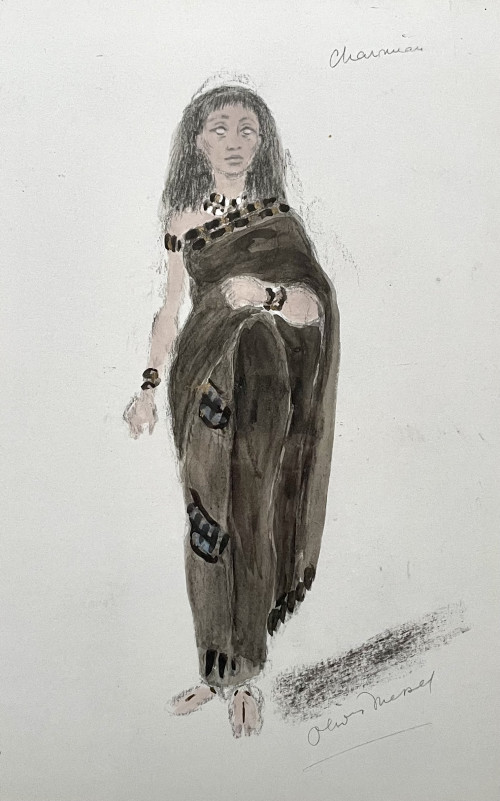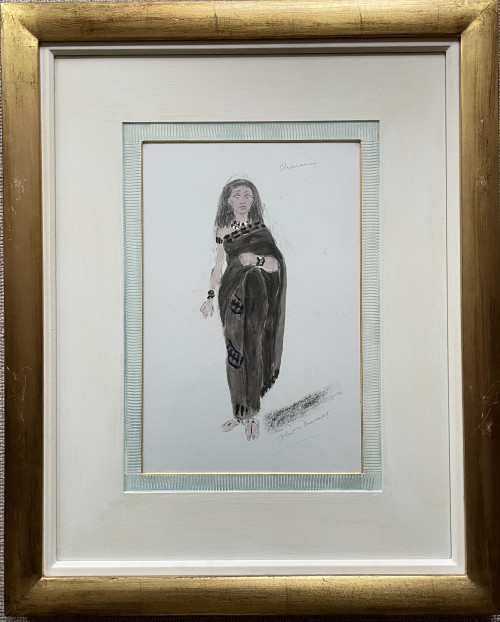- HOME
-
- View All Items
- New Arrivals
- Featured Items
- Artists
-
- View All
- Contemporary
- Birmingham School
- Cotswold Group
- Landscape
- Urban Townscape
- Abstract
- Animals/Birds
- Arts & Crafts
- British Impressionist
- Botanical
- Design/Industrial
- Fantasy/Fairy Subjects
- Female Artists
- Figurative
- Historical
- Illustration/Cartoon
- Marine
- Military/War Artist
- Modern British
- Pre-raphaelite/ Romantic/ Aesthetic
- Nude
- Portrait
- Prints
- Scottish
- Sculpture
- Sporting
- Still Life
- Theatrical
- Interiors/Architectural
-
ARCHIVE
Genre
- View All
- Contemporary
- Birmingham School
- Cotswold Group
- Landscape
- Urban Townscape
- Abstract
- Animals/Birds
- Arts & Crafts
- British Impressionist
- Botanical
- Design/Industrial
- Fantasy/Fairy Subjects
- Female Artists
- Figurative
- Historical
- Illustration/Cartoon
- Marine
- Military/War Artist
- Modern British
- Pre-raphaelite/ Romantic/ Aesthetic
- Nude
- Portrait
- Prints
- Scottish
- Sculpture
- Sporting
- Still Life
- Theatrical
- Interiors/Architectural
- ARTISTS
- Online Exhibitions
- Events
- About
- Contact
- Home
- Medium
- Watercolour & Drawing
- The Wellington Monument, Hyde Park
The Wellington Monument, Hyde Park
The Wellington Monument, Hyde Park
Henry William Lowe Hurst was educated at St Paul’s School London. He spent a time in New York and Philadelphia, working for various illustrated newspapers and on his return to Europe he studied at the Royal Academy Schools and Academie Julian in Paris. He exhibited extensively at all principal London galleries and was a member of the Royal Society of British Artists, Royal Institute of Painters in Water Colours, Royal Institute of Oil Painters and a founding member of the Royal Miniature Society. He illustrated in excess of 20 published books and his illustrations appeared in many magazines including Punch, Vanity Fair and the Illustrated London News. The Wellington Monument stands in Hyde Park near the south-western end of Park Lane and not far from the Duke of Wellington’s home at Apsley House. This colossal statue of Achilles by Richard Westmacott was produced from melted down captured enemy cannon and was inaugurated in 1822. Funded by donations from British women to record the Duke’s victories in the Peninsular and Napoleonic Wars, it was London’s first public nude sculpture and caused great controversy at the time.
Dimensions:
Thank you for your enquiry.
We will get back to you soon.
Please create wishlist to add this item to
RELATED ITEMS
















